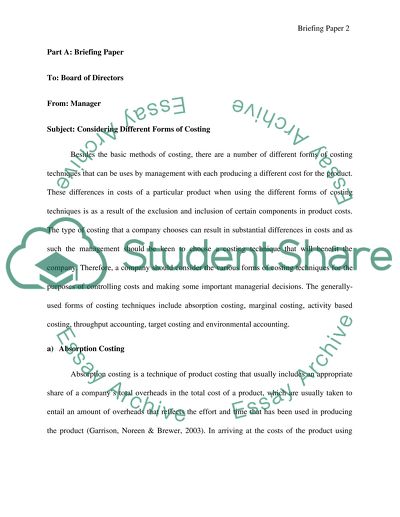Cite this document
(Advanced Management Accounting: Considering Different Forms of Costing Assignment - 1, n.d.)
Advanced Management Accounting: Considering Different Forms of Costing Assignment - 1. Retrieved from https://studentshare.org/finance-accounting/1673817-advanced-management-accounting
Advanced Management Accounting: Considering Different Forms of Costing Assignment - 1. Retrieved from https://studentshare.org/finance-accounting/1673817-advanced-management-accounting
(Advanced Management Accounting: Considering Different Forms of Costing Assignment - 1)
Advanced Management Accounting: Considering Different Forms of Costing Assignment - 1. https://studentshare.org/finance-accounting/1673817-advanced-management-accounting.
Advanced Management Accounting: Considering Different Forms of Costing Assignment - 1. https://studentshare.org/finance-accounting/1673817-advanced-management-accounting.
“Advanced Management Accounting: Considering Different Forms of Costing Assignment - 1”. https://studentshare.org/finance-accounting/1673817-advanced-management-accounting.


